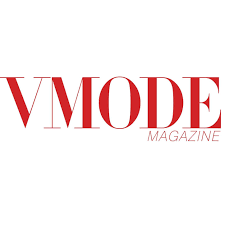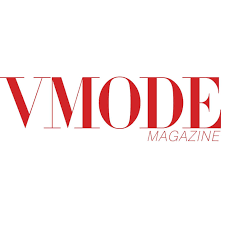The Gigabit Media Converters Market size was valued at USD 2,113.7 million in 2024 and is expected to grow from USD 2,263.7 million in 2025 to USD 4,500 million by 2035, representing a CAGR of 7.1%. The growth is primarily driven by the increasing need for high-speed data transmission and seamless integration between copper and fiber optic networks. Businesses, telecom providers, and data centers are upgrading network infrastructures to support bandwidth-intensive applications such as video streaming, cloud computing, and IoT deployments. Advanced Gigabit media converters ensure minimal signal loss, reliable connectivity, and compatibility with modern enterprise network architectures.
The market share is dominated by leading players like TP-Link, Cisco Systems, Allied Telesis, and Perle Systems, who invest in R&D to enhance product features and performance. Strategic collaborations and acquisitions allow these companies to expand their geographic reach and maintain competitive positioning. Emerging players are also contributing to innovation, introducing energy-efficient, compact, and high-density converters suitable for diverse industrial and commercial applications.
A notable market trend is the adoption of hybrid network solutions, allowing seamless communication between fiber and copper infrastructure. This trend is particularly important as organizations modernize existing LAN networks without complete overhauls. The increasing deployment of 5G infrastructure and edge computing also highlights the need for high-performance Gigabit converters capable of supporting multi-gigabit data rates with low latency.
The growth of cloud services, smart city initiatives, and enterprise networking upgrades further drives the market. Industries such as industrial automation, transportation, and healthcare are increasingly adopting high-speed converters for reliable and uninterrupted network performance. These applications require devices that can support long-distance transmission and maintain signal quality across complex topologies.
Pricing in this market varies based on technological capabilities, features, and performance requirements. While standard converters remain competitively priced, advanced models with redundancy support, long-distance capabilities, and energy efficiency are priced at a premium. Manufacturers continue to balance innovation with cost-effective solutions to address growing customer needs.
Geographically, North America and Europe maintain substantial market shares due to early adoption of advanced network infrastructures. The Asia-Pacific region is emerging rapidly due to increasing industrial automation, IoT adoption, and telecom expansion. Latin America and the Middle East are contributing to growth through infrastructure modernization. Overall, the Gigabit Media Converters Market is poised for strong growth over the next decade.


